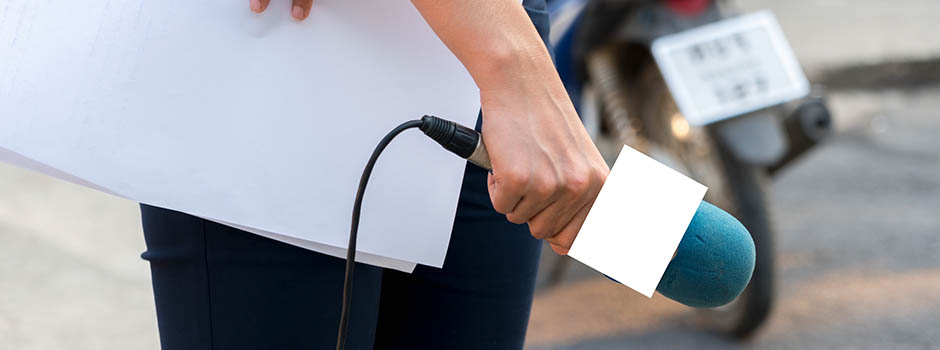INCREASE THE NUMBER OF PORTRAITS …
Social and political life, whether local or national, is a story which it is a journalist’s job to tell. They must therefore be interested in the characters as much as in the situations or issues unfolding.
A portrait should not be merely a calling card or a CV. Its purpose is to make a person come as alive as possible in the eyes (on the radio, you are above all evoking images) and to the ears of the listener.
In the short format required for radio (1 minute voicer, or wrap lasting 1 minute 50 seconds), this is achieved by describing various nuances of different aspects of a character, such as physical and/or personality traits, habits, particular tastes or passions, the memories of a friend, their background and path through life, any outstanding achievements, professional or campaigner experience, reputation, relevant statements, famous or little-known faults, particular family situation … However, you must always be aware of the boundaries you must not cross at the risk of invading privacy, with information which would in any case not add anything to the portrait in terms of the original objective.
A good portrait will therefore be the result of thorough research, seeking out various types of information, from several sources and not simply from the subject themselves.
There is no reason why a portrait should take the form of adulation, extolling a list of virtues or compliments. When you write a portrait, as a journalist, you do not set aside your sense of criticism; quite the contrary. And if listening to the portrait causes the subject to wince, then too bad, because it is the listener, who has enjoyed the honest account by the journalist, who will be grateful.
… AND “BOX” clipS
In the written press, a “box” refers to a short article, contained within a square or rectangle, embedded in another, longer article. It usually includes objective reference information (dates, demographic indices, context, etc.) put together to clarify the subject for the reader, who does not however have to read this information, or at least digest it, at the same time as the main article.
The term is also used in radio to refer to a short style of voicer (ideally 45 seconds), for a similar kind of journalistic treatment which is very useful when it comes to putting together, for example, numbers or a sequence of raw data which would otherwise be indigestible if incorporated in a report or in the anchor’s intro.
One significant advantage of portraits and box clips is that they can be produced and recorded in advance and thus constitute a reserve of available voicers (catalogue of material).

